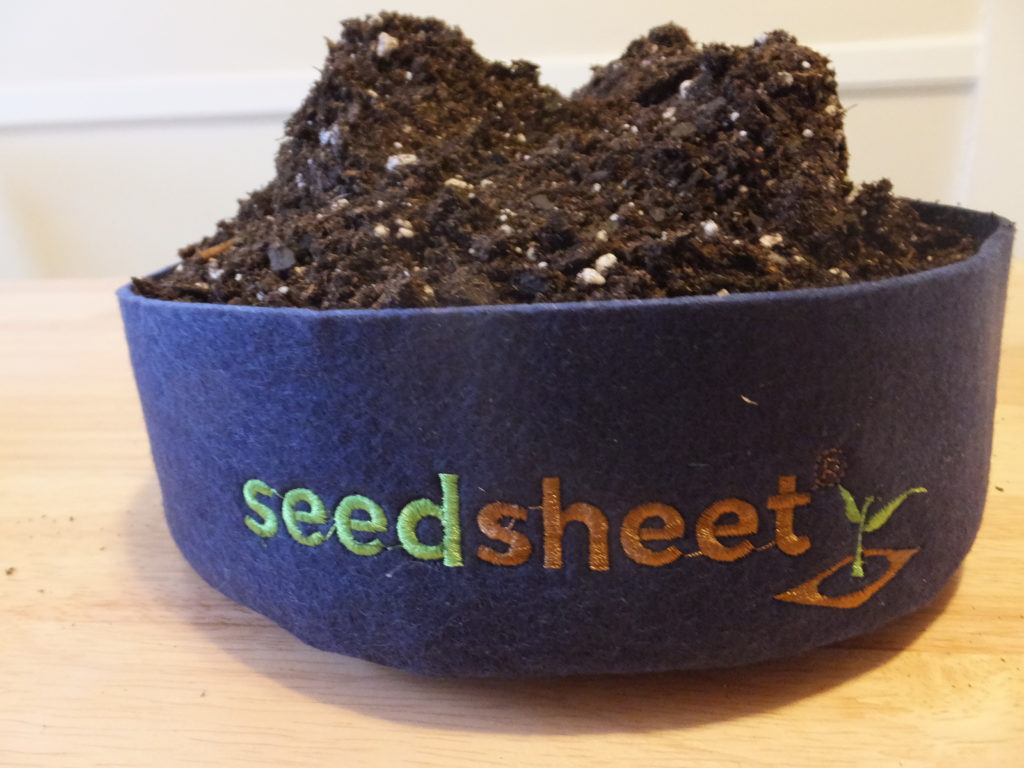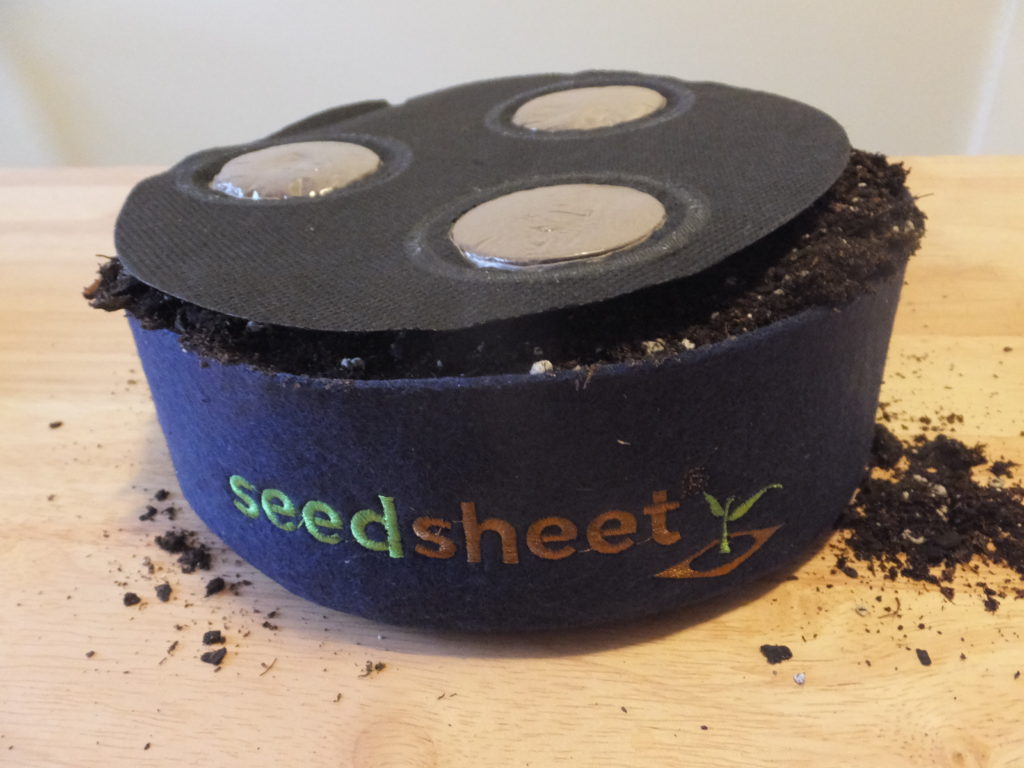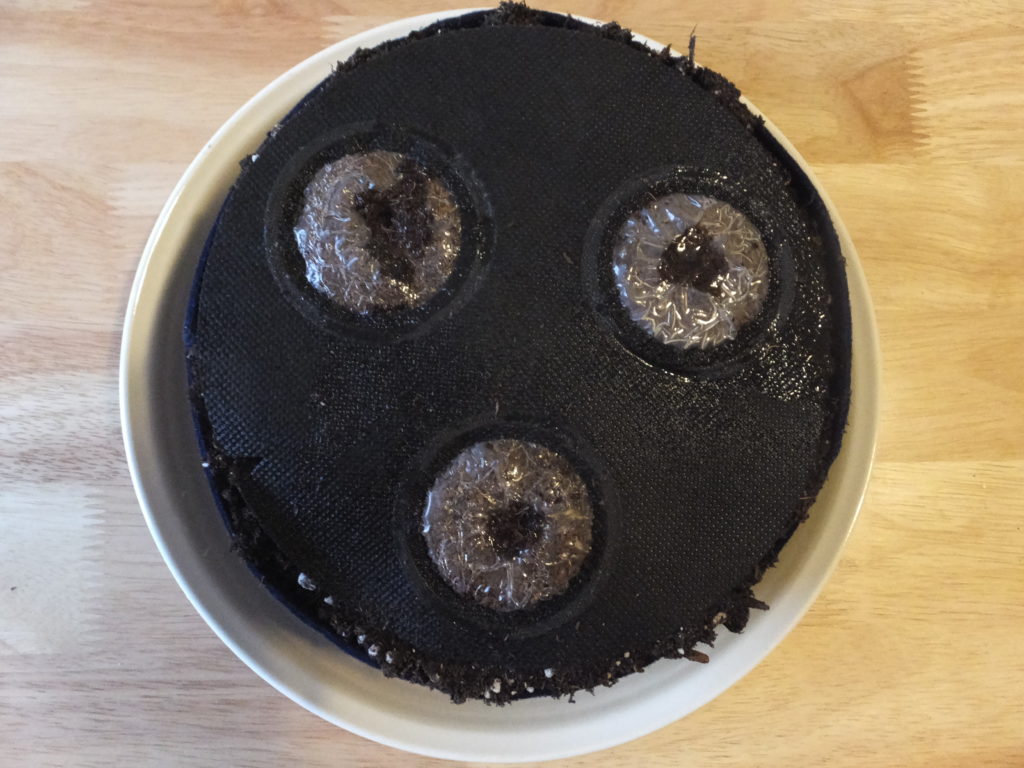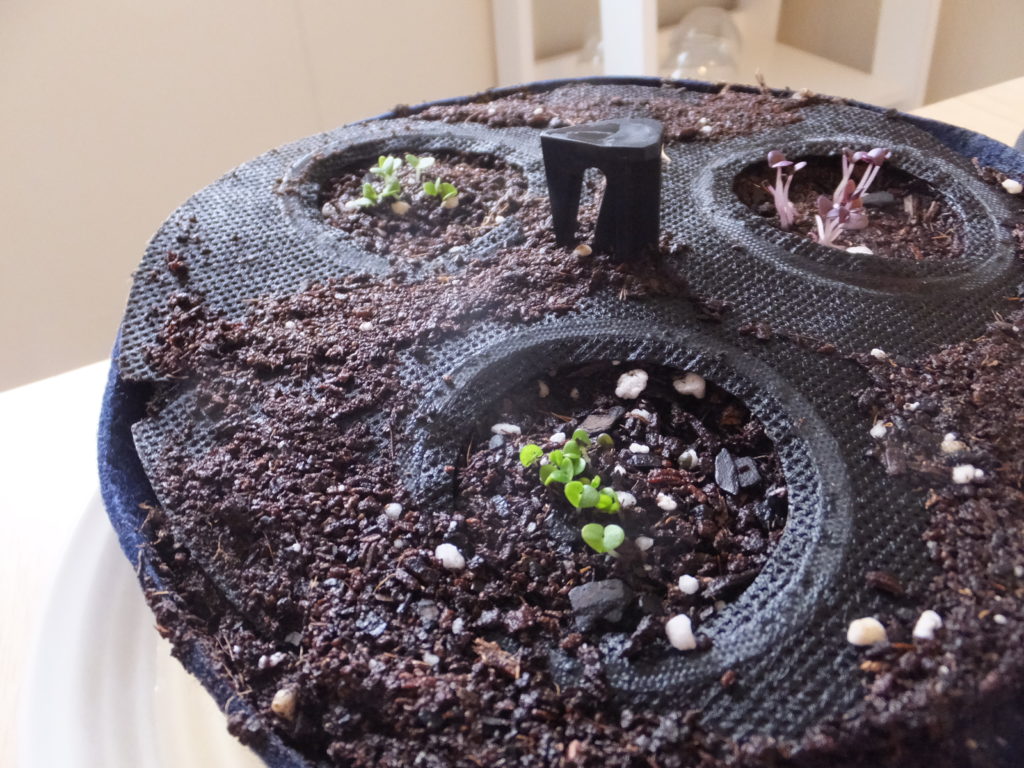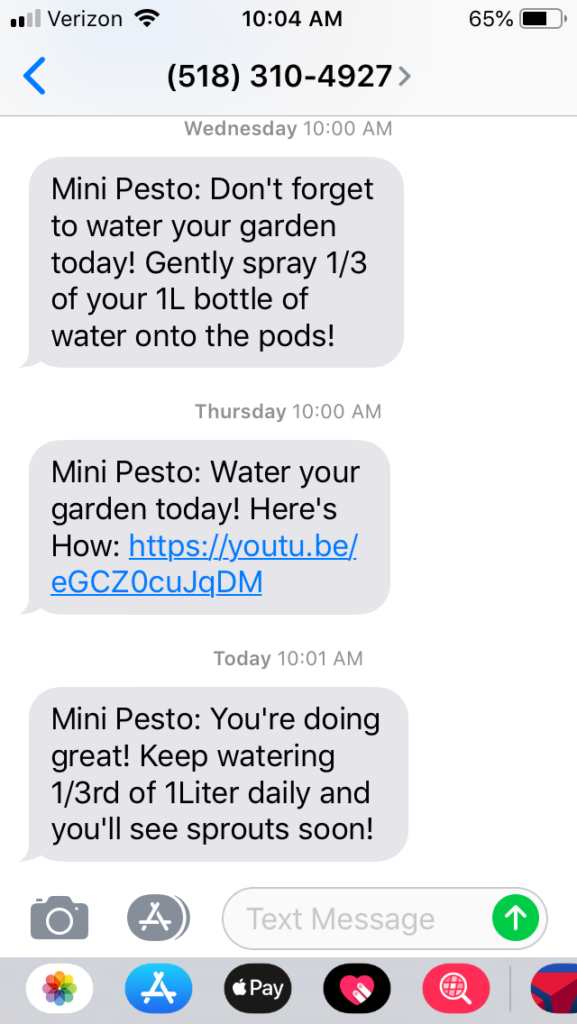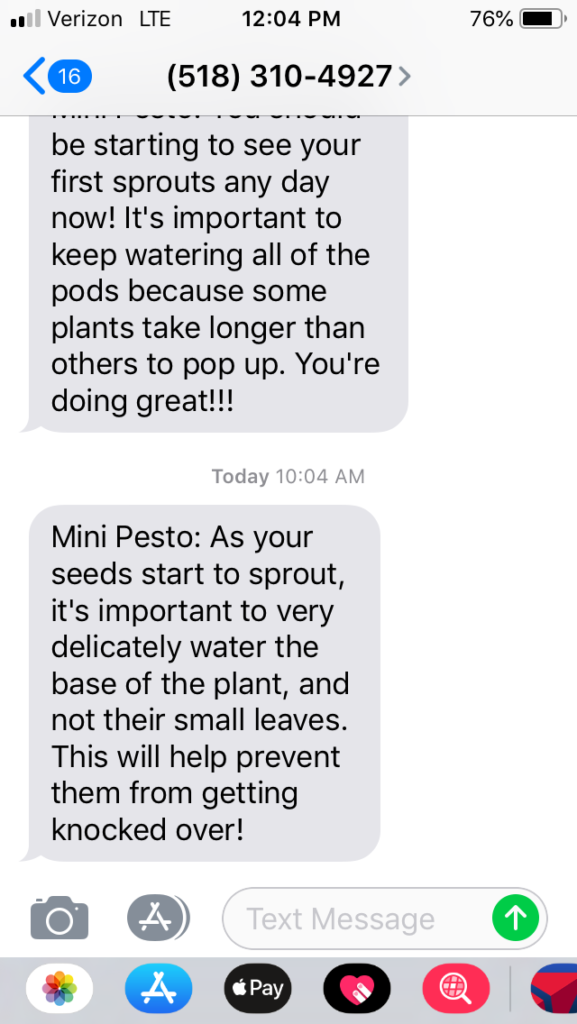Is the Seedsheet Mini good for apartment dwellers?

As an apartment-dweller, I do a fair amount of gardening indoors, and anyone who has read my New Year’s homesteading resolution knows that I am looking to take even more advantage of the lovely south facing windows in my new place. When I was asked to test out the new Seedsheet Mini, I jumped at the opportunity.
Seedsheet was founded in 2014 after a successful Kickstarter campaign as a way to provide easier, more streamlined gardening solutions for people living in small spaces. Instead of going out and buying supplies yourself, Seedsheet will send you a kit, complete with a fabric container, soil and seeds encased in dissolvable pouches embedded into a sheet of weed-resistant fabric. In 2017, the founders of Seedsheet appeared on ABC’s hit entrepreneurial show Shark Tank, where they won a $500,000 investment.
The Seedsheet Mini scales down the original product to a countertop size for the aspiring kitchen gardener. There are a few different mini kits, including lettuce and herbs.
I went for the mini pesto kit, because I love basil and always seem to kill it, so I thought this simplified gardening method would help me finally have success (in retrospect, perhaps that was my downfall).
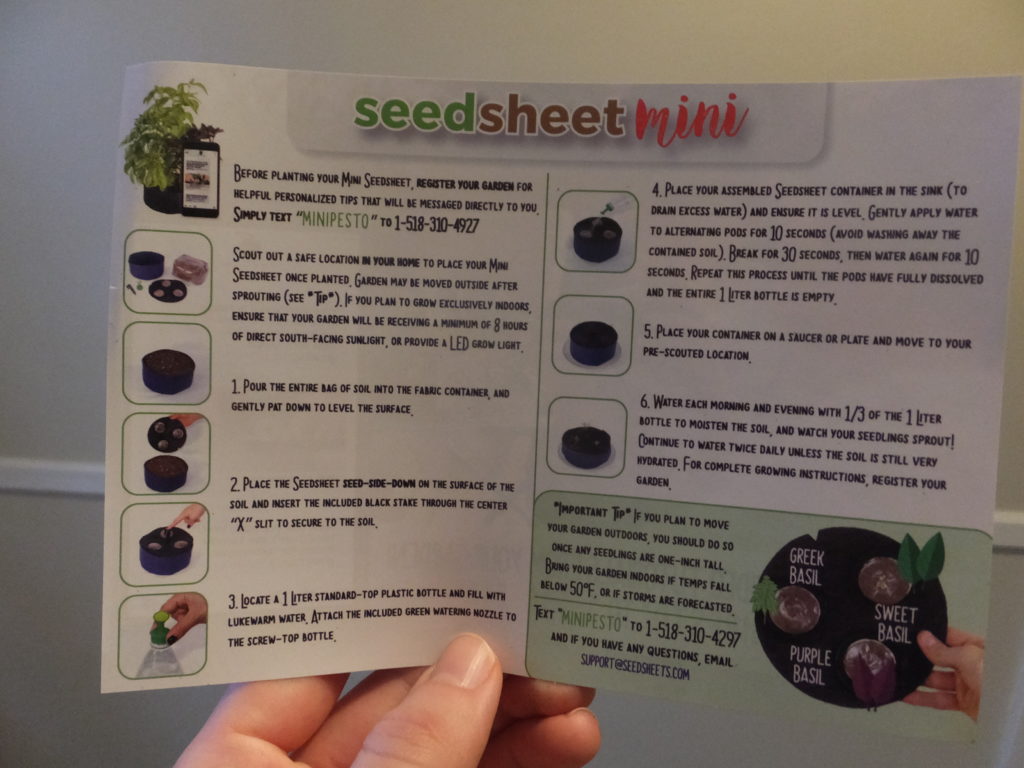
I started the kit in mid-January. All of the advertised supplies and a note card with written instructions on how to set up the Seedsheet Mini were there, but there are a few components that you need that are not included in the kit that I had to purchase independently.
For one, you need a 1-liter plastic water bottle to water the plants with the provided spigot. A reusable water bottle will not do because the spigot is designed to fit on a disposable plastic water bottle — you need the squeeze action. This was especially frustrating to me, as I’m always looking for ways to reduce my reliance on plastic.
The Seedsheet Mini also requires a plate with raised edges for the container to sit on, which I felt could have easily been provided in the kit. You also need to regularly dump the excess water from the plate, which was a process of slowly shuffling a too-full plate to the sink for me (on the bright side, my floors are now very clean).
They also suggested purchasing grow lights, which is certainly not a cheap upfront cost for a product that claims to make gardening easier.
The text alerts were easy to set up, and they promptly linked me to a video about properly assembling the Seedsheet Mini. This was especially handy because it was difficult to follow written instructions with the meager visual guide provided.
There was also contradictory information between the text alerts and the written instructions. The written instructions said to water the plants twice a day but the text alerts suggested only once. I decided to follow the text alerts after a few days because my Seedsheet was looking a little waterlogged. In general, I was skeptical about the effectiveness of the tiny, constantly damp cloth container, worrying that maybe my plants were suffering from overcrowding or root rot.

After about two weeks, my Seedsheet started to sprout. After a while, though, it became clear that my basil was not going to thrive. The purple basil grew too tall and leggy, and the leaves on the sweet and Greek basil failed to get any bigger.
At that point, the text alerts were suggesting I start harvesting my basil leaves (for the world’s tiniest caprese salad, maybe) and transplant my seeds outside. Transplanting the seeds outside seems to defeat the whole purpose of the Seedsheet, and it seemed unlikely that Seedsheet factored in the timing of Maine’s late-February frosts, but my sad little plants probably would not have survived even in the most ideal weather conditions.
Then, the Seedsheet text alerts told me to get fertilizer for my pods. They sent me a text saying I needed to get an organic fertilizer and then had placeholder text for links, so obviously the system is a little buggy, but the customer service representatives eventually sorted it out for me. What really troubled me was that I seemed to continuously have to buy additional products to keep the Seedsheet alive that were not included in the kit, though it was convenient to have an eco-friendly product chosen for me (and, I can imagine, this helps ease some of the intimidation of facing the myriad options at a garden center).
Ultimately, my plants died. I don’t entirely blame SeedSheet for this. I may have overestimated the sunniness of my south facing windows without the use of grow lights, especially during the darker than average Maine winters (forgive me, I moved here from Southern California — though other consumer reviewers on QVC seemed to have similar problems, even in sunny San Diego).
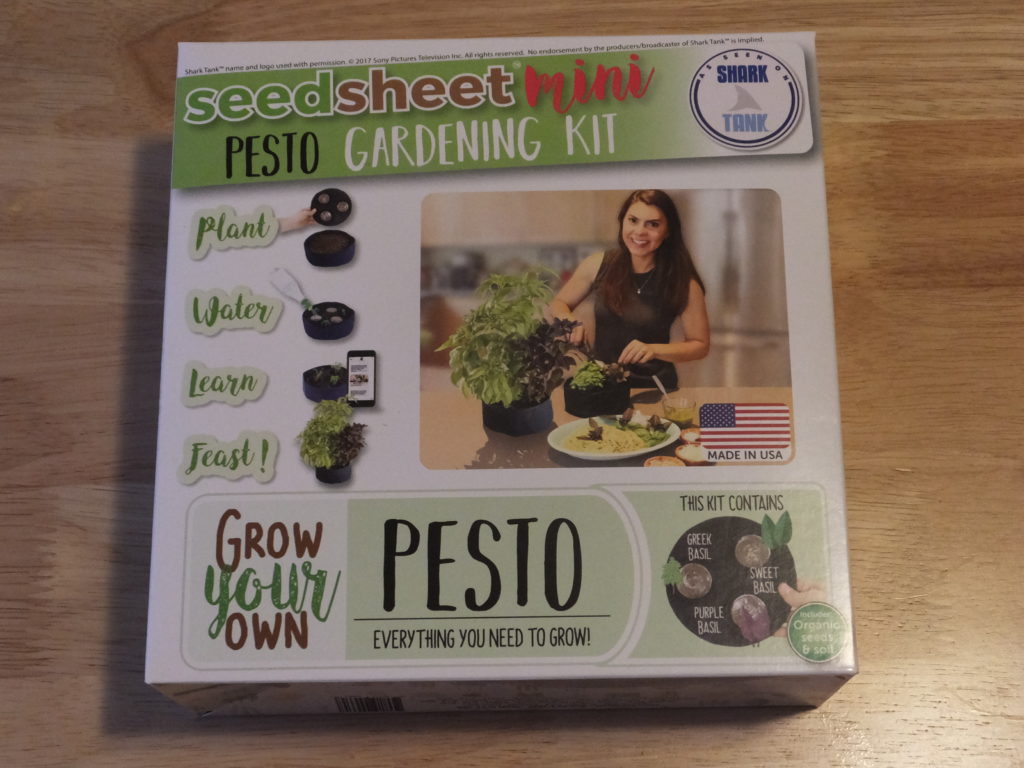
In general, I do not think the Seedsheet Mini simplifies or streamlines indoor gardening. As a forgetful person, I appreciated the text alerts, but overall I am not convinced the product is worthwhile as a first gardening experience instead of just starting your own container garden with basic supplies from your local garden store.

